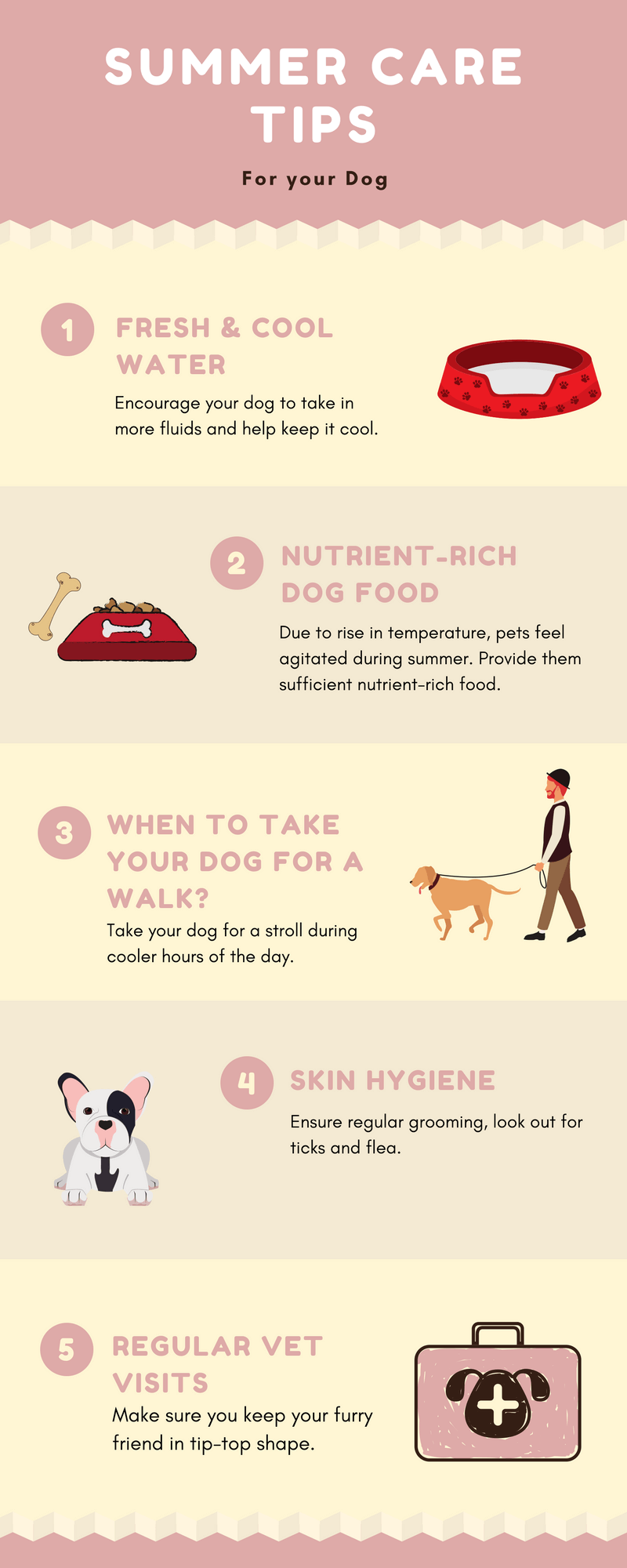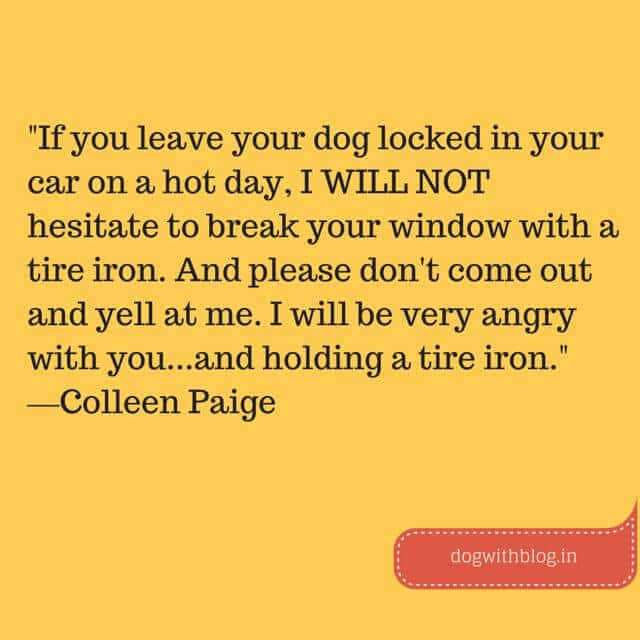In what promises to be a long, harsh and hot Indian summer, the mercury has begun to surge to new heights. The homeless bear the wrath of the sun at its worst hence we request all our readers to put out water bowls for the birds, cats, and dogs.
Before we head over to the tips to beat the heat, let’s understand how cats and dogs regulate their body temperature:
- Panting (Dogs regulate 80% of their temperature this way) and licking (cats)
- Heat exchange through the skin, ears, and fur
- Sweating via paws
How Dogs Stay Cool: Understanding Thermoregulation and Summer Safety
Dogs don’t sweat like we do—and that makes summer safety all the more important. While we humans rely on perspiration to cool down, our canine companions have a completely different (and more limited) system for managing heat.
Thermoregulation is how your dog maintains a safe internal temperature, typically between 38.3°C and 39.2°C, even as outdoor conditions shift. When temperatures soar, their cooling systems can quickly become overwhelmed—especially if they’re active, overweight, or belong to a heat-sensitive breed.
The heat issues can get fatal very quickly, this handy list of easy tips by our in-house vet Dr Cat tell you how to keep dogs safe in summer.
How to keep dogs safe in summer:
1. Access to freshwater
Keep a filled water bowl near your dog at all times. While this may be obvious, it is an especially important step. If your dog finishes the bowl quickly, get a bigger bowl or get a few bowls.
You may also put out hanging pots like the one above to help birds.
2. Give your pet a haircut
Summer is the perfect season to give your dog a haircut, but you must consult your vet on the need for the fur before getting the clippers out. e.g. Shepherd dogs have a thick fur coat as an adaptation to effectively manage the sun’s UV rays.

Also read: How to keep your pets safe from mosquito bites?
3. Never leave your dog in the car unattended
During hot summer months, leaving a dog in a parked car can quickly become dangerous, even deadly. The temperature inside a locked car can rise to dangerous levels within minutes. Even on a mild day, the temperature inside a car can quickly reach dangerous levels, causing heat stroke, dehydration, and even death. Dogs are especially vulnerable to heatstroke as they cannot regulate their body temperature as efficiently as humans.
To protect dogs in hot cars, pet owners should never leave their dog unattended in a parked car, even for a short period. If you need to run errands, it’s best to leave your dog at home in a cool, shaded area. Alternatively, you can bring them with you and have a designated person stay in the car with them, with the engine running and air conditioning on.
Ensure to leave the windows open for your dog and keep some water with you.

Cooling down the dog’s paws help to reduce their body temperature. Use a wet cloth to cool them down by applying the cloth under their paws.
4. Take advantage of the cooler parts of the day to exercise your dog.
Just as in the case of humans, prolonged exposure to the sun can elevate the risk of heat stroke and sunburn in dogs. Remember that your dog has a fur coat to manage and will heat up much faster than you would. Furthermore, the concrete and asphalt can get really hot on even mildly hot days so before you walk your dog on concrete or asphalt, try to check the ground – If it’s hot for you, it’s too hot for them!
5. Keep your home cool
Employ these ideas to maintain an optimum temperature indoors:
- Install sun-blocking curtains
- Turn off or unplug appliances you are no longer using. All electronic items generate heat.
- Remove the carpets from rooms to allow your pets relatively extended ‘cooler’ area to lie on.
- Leave the fans on for pets
6. How to detect Heat Stroke in Dogs?
Summertime comes with its own set of hazards, so please ensure that you identify the warning signs of trouble. When in doubt, call your vet right away.
If not addressed early, heat exhaustion can lead to heatstroke—a life-threatening emergency where body temperature rises above 41°C. At this stage, internal organs may begin to shut down. Immediate cooling and veterinary care are essential.
If you see any of these signs, get your dog to a veterinarian quickly:
- Labored breathing
- Tongue color will change from dark red to purple
- Pulses will be fast
-
Excessive or heavy panting or Drooling
-
Red or warm ears
-
Vomiting or disorientation (in advanced stages)
High-Risk Dogs That Need Extra Care
Some dogs are more prone to heat stress than others:
-
Flat-faced breeds (like Pugs or Bulldogs) struggle to cool themselves efficiently
-
Thick-coated dogs retain more heat
-
Overweight dogs have a harder time releasing heat
-
Senior dogs or puppies may not regulate body temperature as well
If your dog falls into any of these categories, avoid strenuous exercise and keep them indoors during the hottest parts of the day.
7. Add Yogurt to your dog’s diet – A great digestion aid, it’d also get rid of unhealthy bacteria in your pet’s tummy, replacing it with good bacteria.
Keep your dog free from external parasites and allergens during the summer. Groom regularly, bathe your pet with quality pet care products – and don’t forget shampoo and powder (for action against ticks, fleas, and lice).
Try to opt for products that contain natural ingredients like Neem, Hibiscus, and Eucalyptus to maintain your pet’s skin health and hygiene.
Whether your summer plans include travel, hikes, or just lazy afternoons in the backyard, always stay mindful of how quickly heat can affect your four-legged friend.
Prevention is everything. A shaded spot, fresh water, and a watchful eye go a long way in helping your dog not just survive—but truly enjoy—the summer months.





Insightful as always, Abhishek… Only wish that people start treating dogs as family instead of animals… That way they will heed your advice more and make this world a better place for our 4-legged companions…
Thanks Vishal, hope floats for such a day…
hello! M ketho… i live in delhi. I have a labrador… His name is mylo.he is 5 months old. I have been giving him pedigree , sometimes mixed with rice n soya nuggets…. but he does seem to gain weight…. can u help me with his diet?
Work out labs need to get proper exercise otherwise they gain weight and lot of other problems come along take him for long walks and running
in my opinion, dogs should not be in cars unless traveling. it’s way too hazardous in any conditions